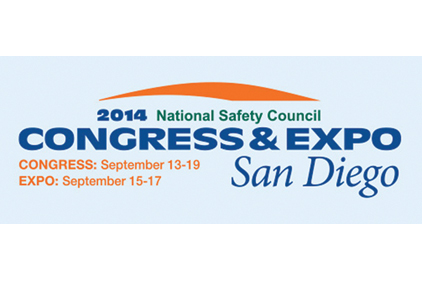Describe to readers what “big data” consists of in terms of workplace safety.
Big data is the generic term for the overwhelming amount of information that is often collected and is hard to grasp because of the size or complexity of the data. Big data is often solely associated with managing large amounts of diverse data. But more accurately, big data is about asking new types questions, exploring hunches, and making data-driven decisions. Predictive Analytics is putting that big data to use through various forms of statistics and machine learning algorithms (artificial Intelligence). In terms of safety, we collect a vast amount of leading and lagging information from training records, perception surveys, suggestions, inspections, audits, observations, near-misses, property damage, incidents and injuries to help diagnose how well a culture, processes, systems, and behaviors are functioning.
What tools or software, etc., are needed for readers to acquire “big data”?
Many practitioners already capture a vast amount of data and only pay attention to a fraction of what it may be telling them. In this age of mobile technology, there are many apps, like SafetyNet, to collect and be able to immediately analyze, act, and prevent injuries. There are many solutions to help the safety practitioner analyze their “safety big data.” Many organizations are already analyzing their own big data and call it Business Intelligence (BI). So, as a profession, we need to use the same tools our C-Suite uses to make their businesses successful – we need look at the Business Intelligence of Life!
How can analysis of “big data” improve safety performance in ways not previously possible?
Safety has for so long been reactive. Someone gets hurt and we react quickly. Within the past 20 years we have been focusing on more and more proactive measures of safety performance like using safety inspections, audits and behavioral observations, but it still is only analyzed on the surface (pareto charts, and trends).
Using mobile technology and safety apps, we can capture real-time information, assign the needed resources, and prevent potential injuries. By using predictive analytics to identify “hot spots” in their cultures, safety professionals can more efficiently and effectively use their (limited) resources to take care of issues, before they become issues.
In the past, if a location was having little to no injuries, everything was seen as going OK. Now that many organizations are focusing more on identifying and collecting leading indicators, we are all of a sudden collecting more information than many people know what to do with. By using the safety predictive analytics, trends that were not visible (or overlooked) become visible.
I had a client last year who is using predictive analytics and was not a believer…he could make “Excel sit up and dance” if he wanted to. One of his locations was “red-flagged” and he was further skeptical. The location that was red-flagged was one that hadn’t had an injury in more than seven years. You guessed it…. they had an injury within the month. From that point on, he used to information to help guide where he putting his time, energy, and resources. Through automated reports, analytics, and real-time cultural data, practitioners can spend more time acting and less time creating pivot tables!
How do you see the use and/or application of safety “big data” evolving in the future?
We live in a great technological time! With the advent of mobile technology, more than 70 percent of people now have a smartphones. Recently a report found that the majority of people 55 years and over are purchasing smartphone (a demographic lagging behind younger generations).
More people are using tablets to do safety meetings, looks at plans, and capture information. Tablets have come down in price and are now being seen as a potential business tool and not so much for only playing Candy Crush.
You will also see a huge amount of “smart” devices like smart watches, biometric shirts, and other health trackers (FitBit, Up, Nike Fuel) hit the market this fall.
How will it evolve? Imagine this: not only will we be able to get information into our analytics quicker and easier via apps, we will be able to gather biometric data like heart rate, steps, falls, elevation changes, even oxygen levels. Much like a well-designed gas detection system, we could identify real-time “hot-spots” of activity that could signal rushing, over-heating, exhaustion, and dehydration.
At the very least we can collect the “Knowledge of the masses” though real-time employee engagement. For instance, you turn on your phone and you get a simple question like, “How rushed are you feeling today?” or “How many hours of sleep did you get last night?” or “Does your leadership support safety?” Or, maybe a technology is used where everyone collects near-misses and share these socially (like Facebook) that people can “like” if they have ever had a similar near-miss...or take pictures and share those.
It’s all about combining people, process and technology to put us in better positions to make better decisions to predict, prevent and eliminate injuries!
Chuck Pettinger, Ph.D., is process change leader for Predictive Solutions, 422 Peppers Ferry Rd NW, Suite 150, Christiansburg, VA 24073 USA; Office: +1 540.951.2205; Mobile: +1 540.230.7233; Email: cpettinger@predictivesolutions.com; Web: www.PredictiveSolutions.com; Support: 800.991.3262

